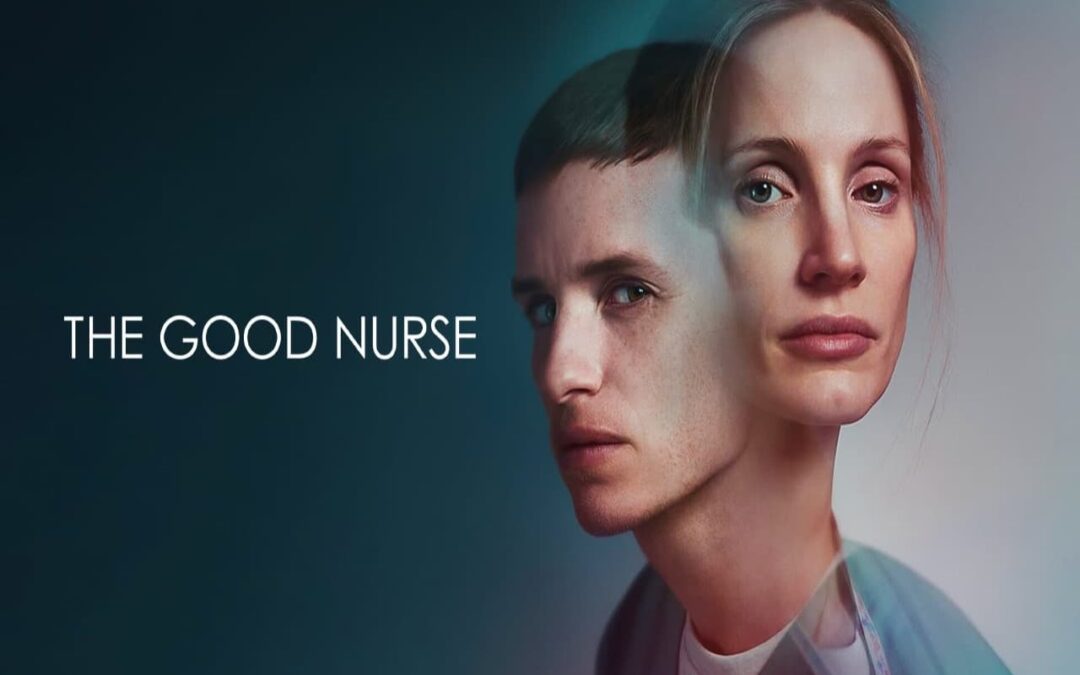The large library of Netflix contains a broad range of compelling crime films that captivate audiences through intricate plots, morally complex characters, and suspenseful narrative strategies. During the review of the current roster of content offered on the platform, five exceptional crime films stand out, marked by exceptional performances, intriguing plots, and a subtle balance of tension and drama. From gripping dramatisations of real-life crime cases to fictional thrill rides with unexpected twists, this list includes several different strategies within the crime genre while maintaining high production value and receiving critical acclaim.
Each film offers unique explorations of crime and investigation, with highly experienced directors and actors elevating the material beyond boilerplate genre fare.
Reptile (2023)

Reptile is one of the best new crime thrillers on Netflix, starring Benicio Del Toro as a detective who probes a complicated murder case. The movie is about an experienced investigator who tries to solve the gruesome murder of a real estate agent and fight personal demons and professional obstacles. What makes Reptile stand out is its slow pace and foreboding tension, which lets the audience feel the psychological stress of the investigation along with its lead character.
Director Grant Singer builds a neo-noir aesthetic with care that honours the conventions of the classic crime movie and establishes a clear visual identity. The complex plot of the film unfolds step by step, with complex layers of corruption and deception that extend beyond the first crime. Del Toro gives a nuanced performance that captures the detective’s unflappable professionalism and his inner conflict, thereby creating a character study well integrated into the murder mystery.
The supporting cast contributes to the film’s credibility, with performances that avoid crime drama cliches in favour of more subtle characterisations. Reptile is effective in its attention to procedural detail without sacrificing emotional resonance, making the investigation feel authentic rather than contrived. By prioritising the psychological over the action-oriented, the film offers a more intellectual approach to the genre than most of its counterparts.
The Guilty (2021)
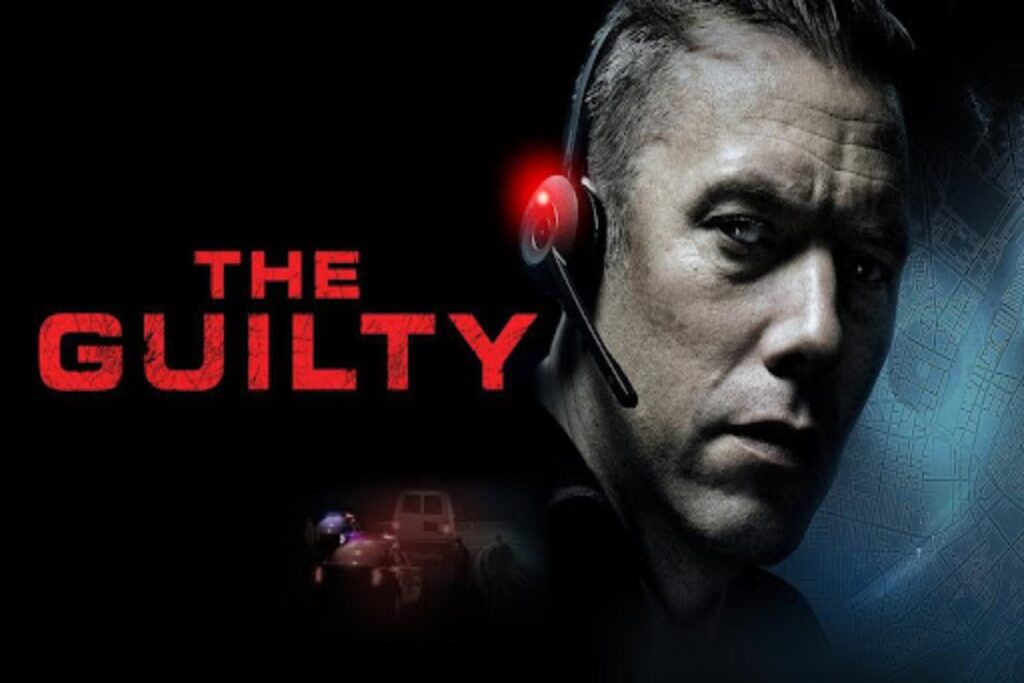
The Guilty is a classic example of minimalist filmmaking, all confined within the four walls of a 911 call centre. In this arena, Jake Gyllenhaal is a harried cop trying to save a kidnapped female victim solely through telephone conversation. The tightly wound thriller shows the possible effectiveness of crime stories even under stringent spatial constraints through sound design, acting subtlety, and narrative ingenuity in place of visual spectacle.
Gyllenhaal gives one of his best performances as Joe Baylor, an old cop sent to the dispatch desk to await trial for a case that happened on one of his shifts on patrol. Through the course of an all-night shift, he gets a mysterious phone call from a woman in trouble, which gets more and more complicated as the truth slowly unfolds. The film’s strength is in its ability to make the protagonist and the audience visualise crimes and situations that can only be described in words, thereby generating suspense through the imagination rather than through actual presentation.
Director Antoine Fuqua maintains a steadfast focus on Gyllenhaal’s increasingly desperate attempts to solve a crime from a distance, with the camera barely ever leaving his face as he moves between determination, frustration, and revelation. The 90-minute length of the film creates a real-time feeling of urgency that mirrors the time constraint of the protagonist. As the case layers unfold, The Guilty also becomes a character study that broaches themes of redemption, judgment, and the dangers of leaping to conclusions based on partial information.
The Good Nurse (2022)
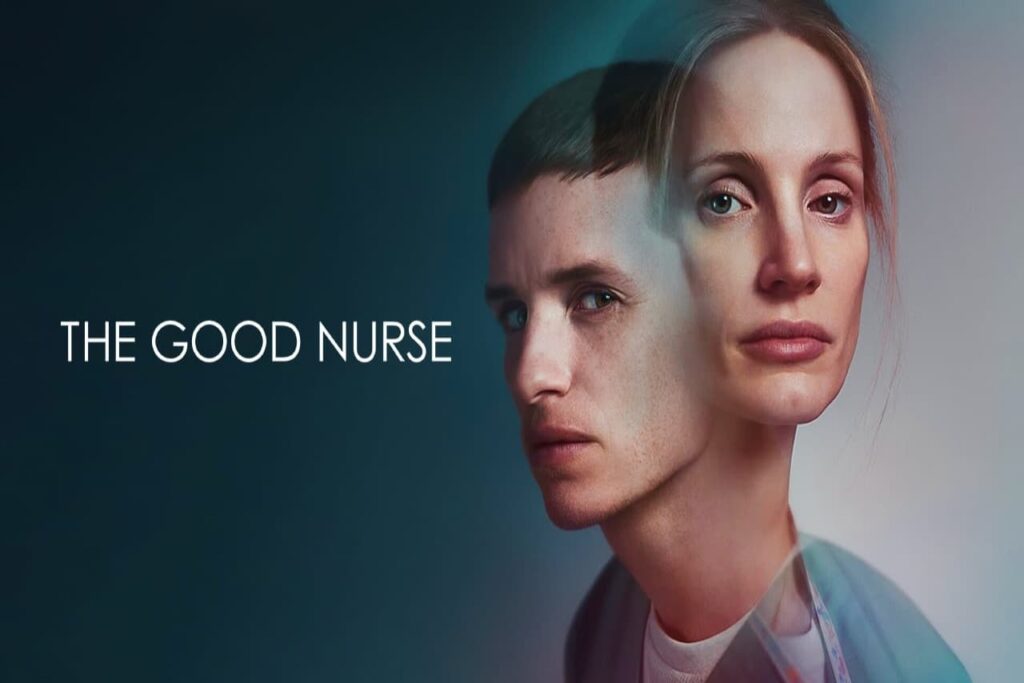
Based on the horrific real-life case of Charles Cullen, the most prolific serial killer in the United States, The Good Nurse takes an unexpected turn on the true crime genre in exploring the institutional failures that allowed a serial killer nurse to remain employed in the face of a series of red flags. Jessica Chastain stars as Amy Loughren, a nurse who befriends Cullen (played by Eddie Redmayne) before gradually realising his dark nature and helping to secure his eventual arrest.
What distinguishes this film from typical true crime adaptations is that it’s more interested in systemic problems in medicine than sensationalising Cullen’s crimes. The story reveals hospitals are more interested in not getting sued than in patient care, repeatedly letting Cullen quietly resign and transfer to other hospitals after suspicious patient deaths. The film is thus more than a killer profile but a scathing denunciation of corporate healthcare priorities.
Redmayne offers an unnerving performance that captures Cullen’s unimpressive exterior along with the sinister malevolence hiding beneath, while Chastain captures the moral conflict faced by a woman torn between duty and growing suspicion. Director Tobias Lindholm employs a measured visual style that reflects the sterile hospital environments where these crimes were committed, thus creating an atmosphere where evil flourishes under artificial light rather than in the shadows. By focusing on the investigation and the institution’s complicity, The Good Nurse presents a more balanced look at how serial killers can sometimes operate in plain sight.
The Pale Blue Eye (2022)
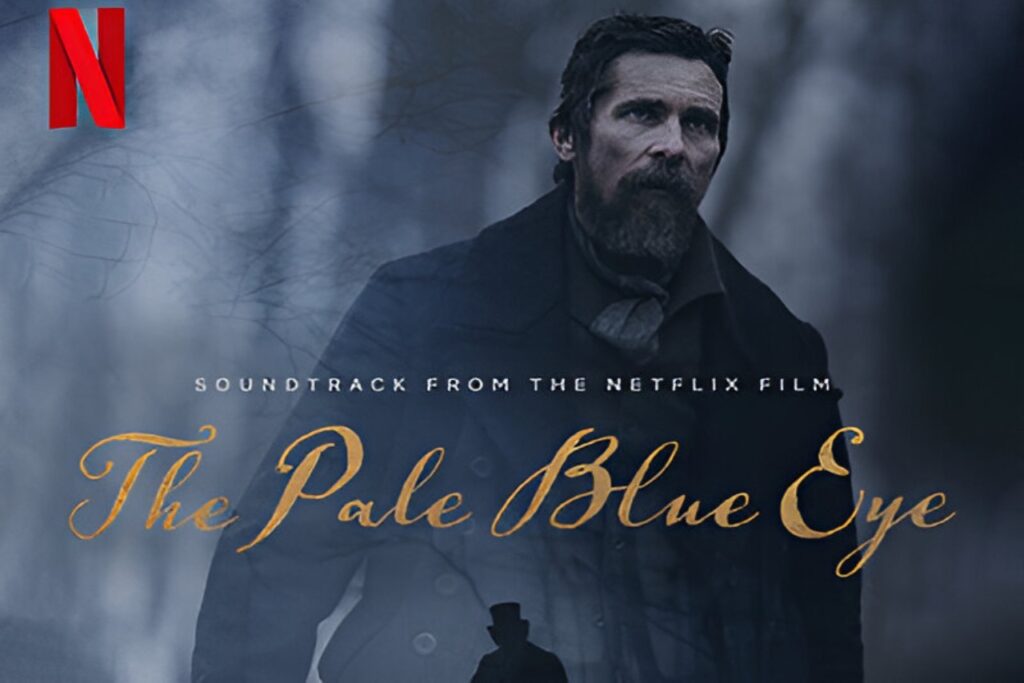
Directed in 1830 at West Point Military Academy, The Pale Blue Eye is a historical fiction murder mystery that pictures a young Edgar Allan Poe (played by Harry Melling) helping a retired detective (played by Christian Bale) to unravel the murder of a cadet and the subsequent theft of the heart. The cold, gothic setting of this atmospheric period drama creates a distinctive literary take on the crime genre.
The film begins with what appears to be the cadet’s suicide; however, the investigation takes a wrong turn as the body is desecrated and the heart is removed, pointing towards the presence of occult rituals. Bale acts as Augustus Landor, a detective who is widowed and grappling with his loss, who, despite initial reluctance, teams up with the unstable young Poe, whose literary inclinations are helpful in the investigation. This unusual partnership is the psychological turning point of the film, with both characters concealing their secrets.
Director Scott Cooper meticulously recreates 1830s America, employing period lighting and settings to heighten the atmosphere of isolation and latent danger in the military academy. The investigation reveals layers of deceit among the cadets and teachers, whose code of silence makes the detectives’ job more difficult. Aside from its murder mystery aspects, the film also examines how this fictional case may have affected Poe’s subsequent literary fascinations with death, the grotesque, and psychological agony. This imaginative twist on the combination of historical figures and fictional crime stories makes The Pale Blue Eye stand out from run-of-the-mill period mysteries.
A Deadly American Marriage (2025)
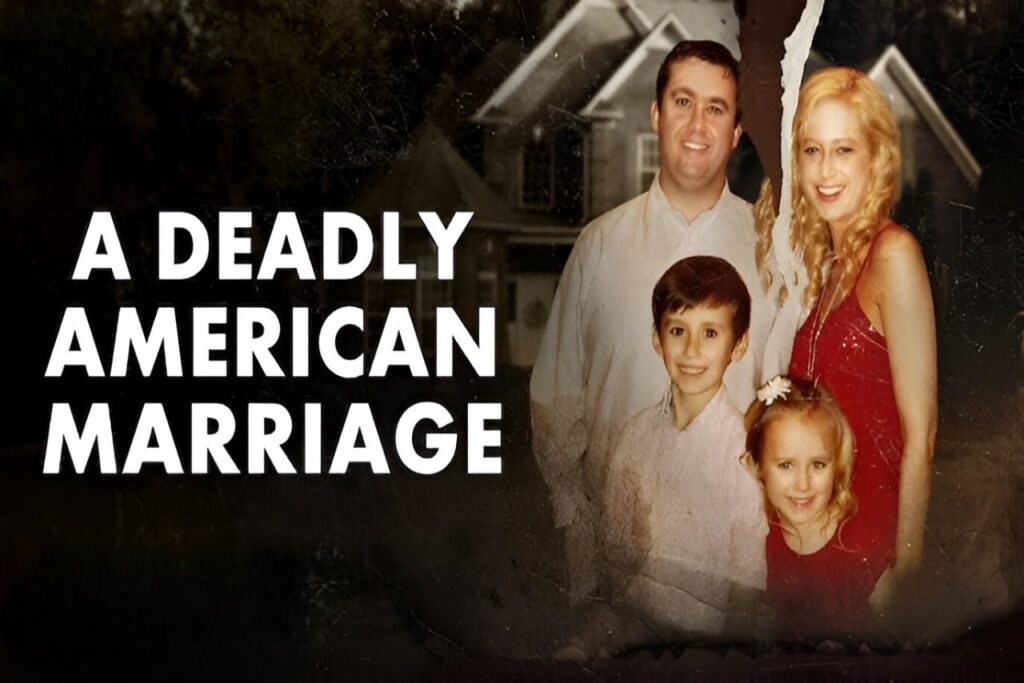
One of Netflix’s latest additions to the genre of crime television, A Deadly American Marriage investigates the sinister case of Jason Corbett’s murder using a blend of true crime documentary and dramatic reenactment. The movie begins with a dark 911 call and crime scene that immediately raises questions about the conditions of Corbett’s death, which come to unveil the facade of apparently idyllic family life.
The film’s unique charm derives from its deliberate examination of appearances versus reality, showing how one marriage that impressed outsiders as a perfect union of love and fidelity harboured dangerous tensions and secret truths. Through interviewing people from Corbett’s family as well as assiduously evaluating evidence, the film constructs an elaborate timeline that leads to the fatal accident but examines possible motivations and inconsistencies within the official explanation.
Also Read…
For the Love of Cricket; 7 Movies That Every Indian Cricket Lover Must See
The documentary elements are most effective in bringing forward alternative viewpoints regarding the case, thus enabling audiences to consider alternative explanations of events while systematically unfolding previously hidden elements of domestic interactions. By focusing on the psychological elements of crimes in the home rather than depicting violence, A Deadly American Marriage offers a better examination of how relationships can go wrong to lead to tragic consequences. The recent release of the film makes it very timely for anyone engaged in recent true crime conversation.
Conclusion
The latest batch of crime movies on Netflix demonstrates a remarkable diversity within the genre, ranging from knuckle-whitening thrillers like The Guilty to period mysteries like The Pale Blue Eye. The five movies in question vary in their methods of telling crime stories but are uniformly excellent in their performances, direction, and storytelling sophistication. What these movies share is an engagement with the inner lives of criminals and detectives, moving beyond crude procedural formulas to examine deep questions of human nature and social order.
The highlight movies stand out by subverting expectations, either by offering new ways of telling stories or by taking familiar crime situations in surprising directions. Reptile and The Guilty illustrate how tension can be created by restraint rather than overt violence, while The Good Nurse and A Deadly American Marriage take inspiration from real-life events to explore institutional and relationship dynamics that facilitate criminality. The Pale Blue Eye illustrates how historical settings can offer new models for crime stories, especially when marrying literary themes.
To viewers who want to move beyond basic crime genre formulas, these alternatives present intelligent storytelling that provokes viewers and offers tension and intrigue that make crime films perennially popular. Each of these films rewards close attention with sophisticated characters, intelligent themes, and conclusions that ring true beyond their conclusion.
Writer : Pranjal Bapna

